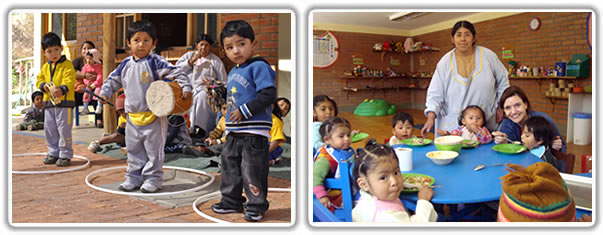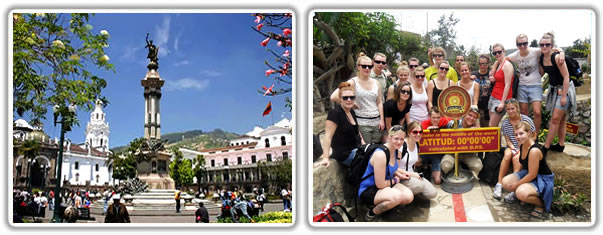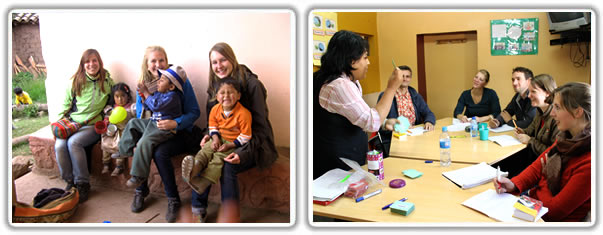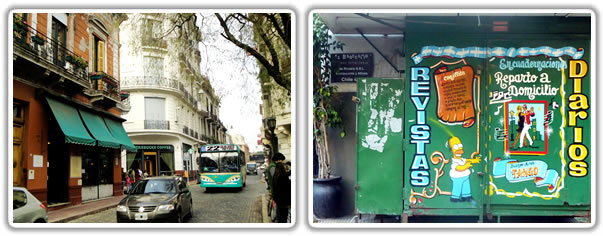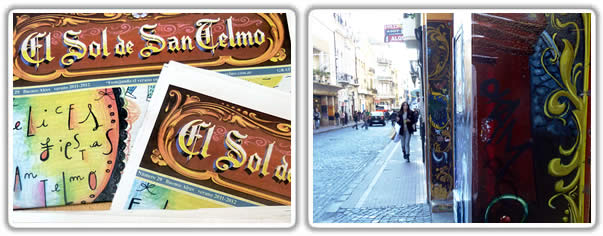Categories
Links
Archives
Tag Cloud
One language, different ways of celebrating Christmas in Latin America
Author: adminViews 17.557 19 dic
Christmas in Latin America known as Navidad is one of the most important events in the year. It is celebrated with even more devotion than in other parts of the world due to the omnipresence of Christianity; after all, Christmas is centered around the age-old story of Jesus’ birth on the 24th of December.
For most Latinos it is very much a religious holiday with families attending together the Misa de Gallo (Mass of the Rooster because it usually finishes at 1 am when the rooster announces the coming day). Christmas Eve or Noche Buena really is the time of giving, but many Latin American families also keep alive the Día de los Tres Reyes. Those children who have behaved themselves well will receive a second round of presents on January 6th from the Three Wise Men, just like they did after Jesus was born.
Besides all the similarities, there is great influence from the different indigenous people of the region and many Latin American cultures hang on to their own curiosities during Christmas time:
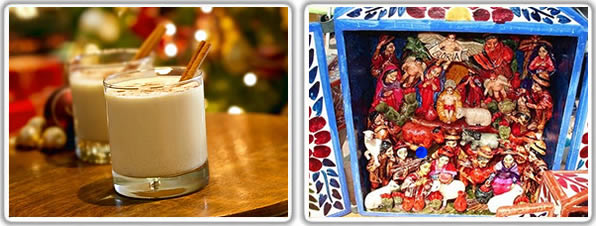
Chile
In Chile they do a toast with a monkey’s tail. Not what you might think, but the cola de mono is a traditional Christmas cocktail made with milk, coffee, sugar, cinnamon and brandy. Father Christmas is known as Viejito Pascuero who wishes everyone a Feliz Navidad. And at New Year’s Eve they have the habit to burn huge dolls made out of old clothes, paper and wood with the fire supposedly eradicating all the bad and purifying the start of the New Year.
(más…)
Volunteer in Bolivia at a children’s center (Interview part I)
Author: adminViews 13.558 17 dic
How could you learn Spanish in South America while discovering places and cultures and also doing something useful? It’s a question many of our volunteers initially have asked themselves before they started to plan their trip.
Working as a volunteer in Bolivia is for many the perfect answer. Volunteer Work Latin America arranges placements at an integrated child care center in a beautiful semi-rural valley surrounded by the red and green Andean mountains at only 15 km. from La Paz, capital of Bolivia.
The center, or “the Nursery” as Emma (one of the humble founders of the project) affectionately calls it, has caused a tremendous impact on the largely indigenous population, pulling them out of very vulnerable situations and social, economic and political exclusion. We have asked her a few questions about the project and the involvement of volunteers.
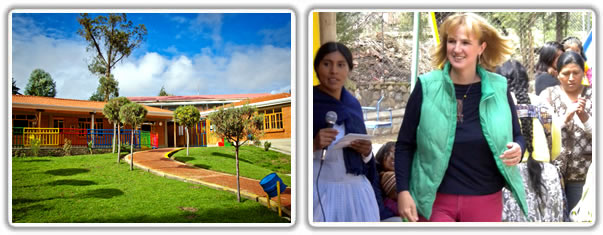
Can you explain your role in the organization?
The children’s Centre started in my home with 30 children. We now have a lovely purpose built children center with just under 90 children, between the ages of 6 months and 4 years that come to learn, to play and to be nurtured. Whilst I was very involved in the first two years raising and managing the project, the Centre is now run entirely by local women, many of them indigenous Aymara who wear the traditional bowler hats and wide skirts. My role is now mainly concerned with fundraising to ensure the sustainability of the project and coordinating the work of the volunteers to provide vital hands-on support in the classrooms and for the care of the children.
Volunteer in Bolivia at a children’s center (Interview part II)
Author: adminViews 10.141 17 dic
In continuation of the first part of the interview with the founder of the childcare centre in Bolivia we continue the interview with more questions:
Briefly, what is your overall experience with volunteers?
We are constantly moved and inspired by the people who come to volunteer with us and share so freely their talents and time. The first week can often be overwhelming as hardly anyone speaks English and the children are all clamoring for your attention. But from experience we know that by the end of the second week, our volunteers feel very at home in the nursery and understand the routines and activities and realize that they are really being helpful. We recommend a minimum stay of 1 month, as too much change can unsettle the children and also the local staff. Actually, many of our volunteers choose to extend their stay as they see the true benefits of their presence in the nursery and for their study Spanish in Bolivia.
Preparation Tips for Volunteering in Latin America
Author: adminViews 14.745 15 nov
To volunteer in Latin America you can really contribute and give something back to the local communities where you are travelling. It does, however, require a lot of effort and dedication on your side. The following tips will go a long way to ensuring that you are well prepared for your time in Latin America:
- Learn some Spanish! Either study a bit before you come or take classes when you arrive. The ability to communicate with others is indispensable, wherever you are volunteering. This, along with a bit of country research, pays dividends as you will feel settled-in much faster. We can arrange for online Spanish lessons over Skype with some of most established Spanish Schools in South America. The teachers, from either Peru or Argentina, will be able to teach you some important verbs in a very intuitive manner and meanwhile you can get used to the accent!
- Keep in mind the reasons for volunteering; there may be times where things get a bit too much and have your reasons set clear will help you when you’re feeling low.
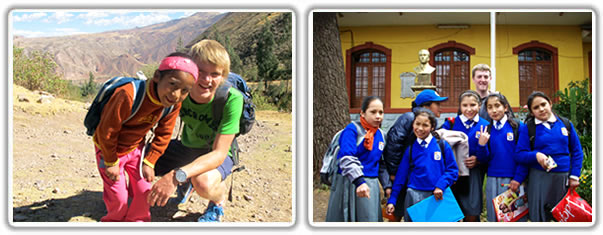
Volunteer in North Peru, and realize your dreams and those of children in need!
Author: adminViews 21.813 10 oct
If you are particularly interested in culture and history as well as supporting the local population, than our volunteer project in Cajamarca is your destiny. The Cajamarca district, located in the northern highlands of Peru, is one of the poorest in Peru. It is here where Volunteer Work Latin America has been arranging volunteer placements at a nutritional and educational center for underprivileged children.
Thanks to the help of our volunteers, 40 children living in extreme poverty now have a chance to enjoy recreational activities and get help with their homework, as well as receive a warm meal, medical attention and counseling to which they otherwise never would have access to. Volunteers are also invited to participate and organize weekend trips, fundraisers and family workshops.
In the two months that you live and volunteer in Peru at this social volunteer project you will get acquainted with an exceptionally friendly and noble culture. The following video gives you an impression of what life is like at the center:
(más…)
Spotlight: Quito, Ecuador’s city of eternal spring!
Author: adminViews 12.703 19 sep
Quito is a true marvel set between beautiful pacific beaches and the flanks of the snowcapped Andean mountains, looked upon by the volcano Pichincha. Due to its close proximity to the equator it is blessed with a perfect spring like climate of around 20 °C year-round.
At 2,850 meters altitude the city is referred to as the crown of the Andes, not only because it is the highest capital in the world but also due to its rich colonial heritage. An endless number of monuments, manor houses and religious abbeys filled with sparkling golden altars take up a big part of the best preserved old city center of Latin America, with the snow white cathedral on the plaza Grande as its majestic flagship.
Spanish & Volunteer in Peru: full immersion!
Author: adminViews 13.712 11 sep
The "Spanish + Volunteer combo" provides you the unique opportunity to experience first-hand the rich cultural diversity of Peru, while developing your Spanish skills. If you want to truly enjoy your time in Cusco while integrating into Latin American culture, than this is the ideal program for you!
The Spanish language course consists of 20 lesson hours per week and is held in a group environment and based on a total immersion model with a lot of practical fieldtrips. The native teachers focus on quickly teaching you the necessary vocabulary and conversational skills enabling you to communicate while volunteering, even if you arrive as a complete beginner. You may also decide to study Spanish for a week in one of the other locations offered by the language institute, in the beautiful and peaceful Sacred Valley of the Incas or the sensational Tambopata Reserve part of the Amazon jungle.
Country Spotlight: México, si señor!
Author: adminViews 9.363 22 ago
When you say Mexico, almost by default, imaginings of mariachi musicians wearing big sombreros (and big moustaches!), tacos soaked in chili sauce or guacamole dip, day of the dead, white sandy beaches and the oh so notorious tequila shots spring to your mind.
Legitimately belonging to North-America, many parts of the country have more in common with neighboring Central American countries. A country so extremely rich in history and culture, yet so diverse and full of contrasts.
It boast one of the largest metropolises in the world, Mexico City with its bustling 20 – 30 million ‘chilangos’ (depending on which statistic to believe), and at the same time some of the most quaint and picturesque ‘pueblitos’, such as Todos Santos, home to the Eagles’ Hotel California, where time has stood still since long ago.
Volunteer at a newspaper in Buenos Aires oldest barrio!
Author: adminViews 13.135 13 ago
The newspaper of San Telmo is a small bimonthly publication with the aim of exploring and bringing together the people that live there.
As one of the most noticeable neighborhoods in the city in terms of culture, history and tourism, San Telmo and its surrounding barrios all part of the Old Quarter and a rich source of human and social resources.
We have interviewed the newspaper director and editor, Catherine, to share you her perspective of collaborating with volunteers through Volunteer Work Latin America:
What are the goals of the organization?
Currently the area is experiencing the positive and negative effects of rapid gentrification. Using a framework of community development and social journalism, the newspaper provides a forum where diverse groups of residents learn about current affairs, meet and educate each other and foment more awareness about conserving the identity of San Telmo for the future. Every edition is centered on a different theme, e.g. how we should take care of ourselves, our neighbors and the whole community.
Volunteer Report of the San Telmo Newspaper project in Buenos Aires
Author: adminViews 6.971 1 ago
El Periodico de San Telmo is a nonprofit newspaper that is published every two months. It is run by a small group of San Telmo locals who handle everything from writing stories to recruiting advertisers. The paper’s goal is to celebrate the neighborhood of San Telmo and create an open forum and dialogue for its community.
San Telmo is one of the most colorful neighborhoods in Buenos Aires. Historically, it was Buenos Aires’s first industrial area that eventually became inhabited by the well to do. However, in 1871 a yellow fever epidemic swept through Buenos Aires and the rich abandoned San Telmo and moved north to Recoleta, Palermo, and Belgrano.

